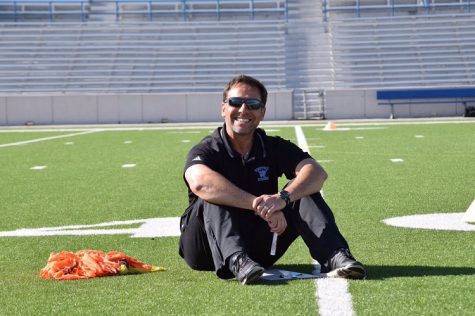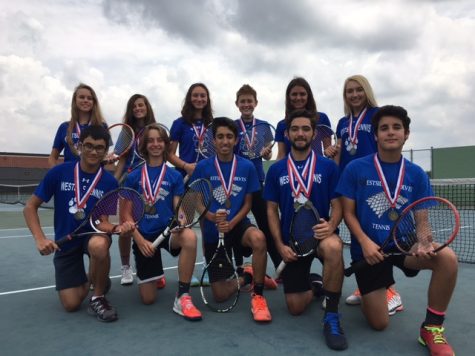Is top 7% auto-acceptance fair?

Hang on for a minute...we're trying to find some more stories you might like.
Email This Story
This is the time of year when all high school seniors have sent off their final college applications, and now all they have to do is wait in anticipation to hear whether or not they’ve been accepted. In Texas, however, many students know they’re in before they even apply.
In 1997, the Texas Legislature passed House Bill 588, also known as the Texas Top Ten Percent Law, guaranteeing automatic admission to all state-funded universities for Texas students in the top ten percent of their public high school class. The later was then amended to allow universities to cap their admissions to the Top Ten Percent students as 75% of their freshmen seats. This allowed University of Texas Austin to restrict automatic admissions to the top 7% in recent years.

Daniela Urda, senior, stressing about finishing up her last year at Westside.
Although this seems completely fair due to the fact that top 7% is such a small percentage of the whole, is it really fair for this law to be applied amongst all schools? There are many cases where a student may be student council president, captain of the football team, and make stellar grades, but because he is in top 12%, he will not have auto-acceptance into University of Texas. On the contrary, somebody else who is in top 7%, who took the minimum curriculum and no extracurricular activities, automatically gets accepted.
Christian Lopez, junior from Sharpstown High School, had stated, “top 7% at my school is 4.1 and above. I know if I were to go to any prestigious high school in Houston, I wouldn’t be in top 7%.” And he isn’t wrong. Such high schools’, like our very own, top 7% is vastly different. Sharpstown High School, for example, compared to Westside, provides fewer AP level (5.0) courses, less competition in the top tier of the school, and a widely diverse socioeconomic environment . If Christian had gone to Westside, he’d be in the 1st quartile, for Westside’s GPA range for top 7% of class of 2018 is a 4.950 to 4.452.
Is it right for students that attend schools such as Westside, HSPVA, Carnegie, or DeBakey to be stressing about being top 7% with GPA’s as high as a 4.5 while kids that go to less rigorous high schools are being automatically accepted into one of the best schools in Texas with a 4.0 or less? And is it also fair that Westside is compared to HSPVA, Carnegie, or DeBakey? Westside is an open enrollment campus, while the other three schools mentioned are selective, and have a much more rigorous enrollment policy than Westside and Sharpstown. Where is the balance? All HISD high schools, but with different requirements, curriculums, and frankly, expectations. Yet all graduating seniors are competing for the same spots when it comes to college admission. And 7% is 7%, at all of them.






















Leave a Comment
If you want a picture to show with your comment, go get a gravatar.